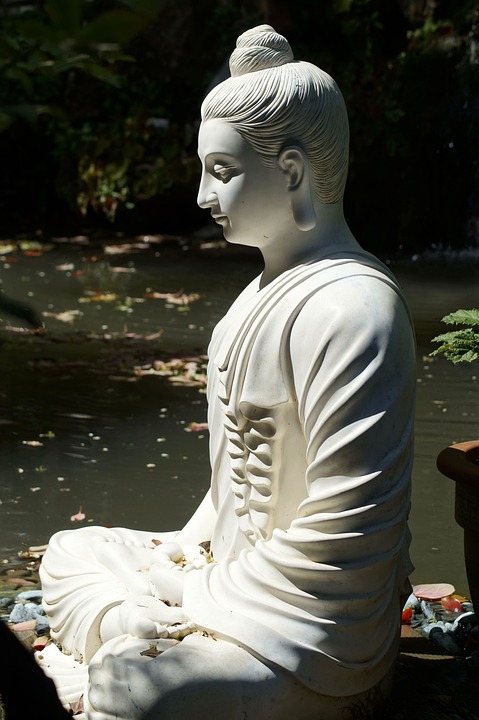
[ad_1]
The Productive Artist: How to Harness Creativity for Maximum Output
Being an artist is more than just creating beautiful works of art; it’s also about maximizing your creativity and productivity to produce your best work. Whether you’re a painter, writer, musician, or any other type of artist, learning how to harness your creativity for maximum output is essential for your success. In this article, we’ll explore the strategies and techniques that productive artists use to unleash their creativity and produce their best work.
Understanding Creativity and Productivity
Before we delve into the strategies for harnessing creativity, it’s important to understand what creativity and productivity mean for artists. Creativity is the ability to generate new and innovative ideas, while productivity is the ability to efficiently produce work. Both are crucial for artists, as creativity fuels the creation of new art, and productivity ensures that the work gets done.
Strategies for Harnessing Creativity
1. Embrace a Routine
Many artists believe that creativity is spontaneous and cannot be harnessed through routine. However, embracing a routine can actually help to stimulate creativity. By setting aside specific times for creating art, your mind will learn to associate those times with creative output. This can help to spark new ideas and keep your creativity flowing consistently.
Real-life example: Pablo Picasso
Picasso was known for his strict routine. He would wake up early, have breakfast, and then head straight to his studio to begin working. By maintaining this routine, he was able to consistently tap into his creativity and produce a vast amount of work throughout his lifetime.
2. Seek Inspiration from Different Sources
Creativity thrives when it is exposed to a variety of stimuli. As an artist, it’s important to seek inspiration from different sources, such as nature, music, literature, or other art forms. Exposing yourself to new experiences and ideas can help to stimulate your creativity and generate new and innovative ideas for your work.
Real-life example: Leonardo da Vinci
Da Vinci was known for his keen observation of the natural world. He would often sketch and study the anatomy of animals and plants to gather inspiration for his artwork. By seeking inspiration from different sources, he was able to create some of the most iconic works of art in history.
Techniques for Maximizing Productivity
1. Set Clear Goals
Setting clear and specific goals for your art projects can help to keep you focused and on track. Whether it’s completing a painting, writing a novel, or composing a piece of music, having a clear goal in mind can provide a sense of direction and purpose for your work.
Real-life example: J.K. Rowling
When J.K. Rowling was writing the Harry Potter series, she set herself the goal of finishing one chapter per week. By setting clear goals for her writing, she was able to stay on track and ultimately complete the entire series.
2. Prioritize and Manage Your Time
Time management is key for artists to maximize their productivity. By prioritizing your tasks and managing your time effectively, you can ensure that you make the most of your creative energy and produce high-quality work within the given timeframe.
Real-life example: Ludwig van Beethoven
Beethoven was known for his meticulous approach to time management. Despite facing significant hearing loss later in his career, he was able to produce some of his most iconic compositions by prioritizing his work and managing his time effectively.
Conclusion
Harnessing creativity and maximizing productivity are essential skills for any artist. By embracing a routine, seeking inspiration from different sources, setting clear goals, and managing time effectively, artists can unleash their creativity and produce their best work. By incorporating real-life examples and taking a storytelling approach, we can see how some of history’s most iconic artists have harnessed their creativity for maximum output. With dedication and strategic planning, any artist can unleash their creative potential and produce exceptional work.
FAQs
How can I overcome creative block?
One way to overcome creative block is to take a break and seek inspiration from different sources. Exposing yourself to new experiences and ideas can help to stimulate your creativity and overcome the block.
Is routine important for creativity?
Yes, routine can actually help to stimulate creativity by associating specific times with creative output. Many successful artists have maintained strict routines to tap into their creativity consistently.
How can I balance creativity and productivity?
Balancing creativity and productivity involves setting clear goals, managing your time effectively, and prioritizing your tasks. By doing so, you can maximize your creativity while also ensuring that your work gets done efficiently.
[ad_2]